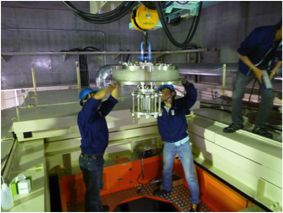The main research facilities are shared in the Research Center for All-Solid-State Battery (Kanno-Suzuki Lab, Arai Lab, Kitamura Lab). Some of them are introduced below. We are also conducting structural analyses using neutron and synchrotron radiation facilities as needed.
目次
Electric Furnaces
There are tube furnaces and muffle furnaces to synthesize inorganic materials. We synthesize them at the reaction temperatures ranging from 100 to 1750 °C. All tube furnaces are equipped with a flange to control the synthesis atmosphere.
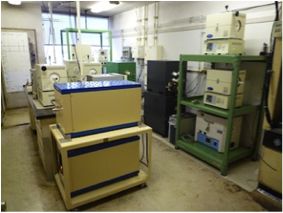
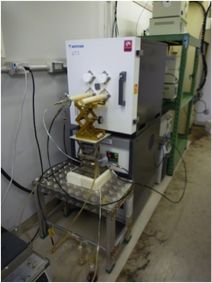
Laser Ablation
A laser ablation device is a synthesis device that is actively used to create epitaxial thin films, which are the materials of lithium batteries and fuel cells. The RHEED devices installed inside the chambers make it possible to monitor the conditions of each layer during the synthesis. One of film formation chambers is directly connected to an Ar-filled glove box, which makes it possible to create batteries without exposing the materials to the air. In our group, there are two laser oscillators and five film formation chambers.
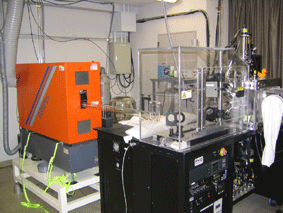
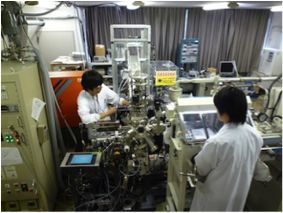
High-Pressure Synthesis Equipment
Three cubic anvil-type high-pressure devices are used to synthesize materials under high pressure of 30,000 to 70,000 bars. Lathes and milling machines are also installed to make cells needed for high-pressure experiments.
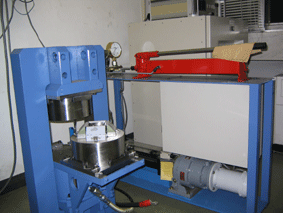
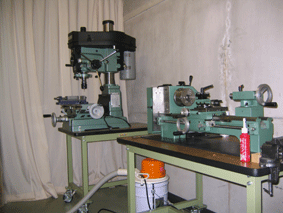
Glove Boxes
In lithium battery research, glove boxes are essential to handle various materials with argon atmosphere. We have various type glove boxes to use different materials and for different purposes.

Sputtering, Electron Beam Deposition, Vacuum Deposition Systems
DC sputtering, electron beam deposition, and vacuum deposition systems are used to synthesize Au and Ti that help electronic conduction of samples for electrochemical measurements and electron microscopy measurements.
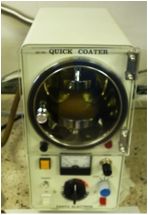
X-ray Diffraction
We have various powder X-ray diffractometers and thin film X-ray diffractometers. It is our routine work to identify the materials by X-rays after synthesis, because our main research theme is inorganic material synthesis. All of our work will be suspended in case any of the machines break down.
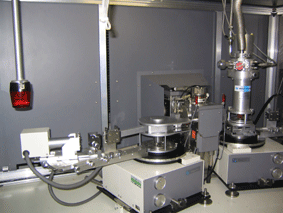
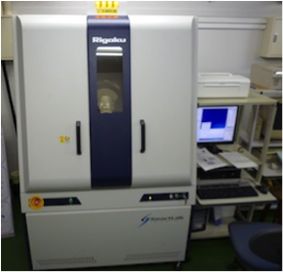
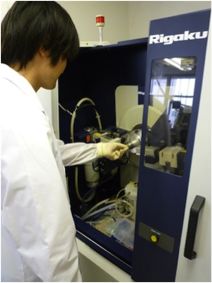
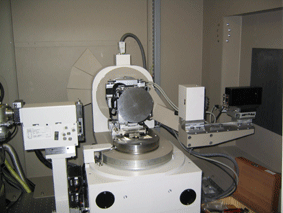
Electron Microscope
A Scanning electron microscope (SEM/EDX) system examines the morphology and mixing state, and compositional distribution of samples. As a composite material consisting of an active electrode and a solid electrolyte is used in all solid-state batteries, the SEM/EDX system has become indispensable to investigate whether the reaction area is sufficient.
Probe Microscope
A scanning probe microscope is used to investigate nanoscale morphology of epitaxial film surfaces. We evaluate whether the films have sufficient smoothness and uniformity as a model reaction field for interfacial reaction analyses. Recently, we have introduced a cross-sectional polisher, which enables us to evaluate the morphology and physical properties of pellet-type materials.
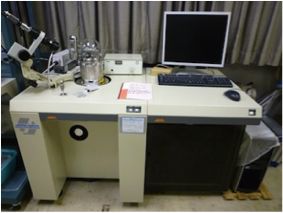
Electrochemistry
We have electrochemical charge/discharge devices and potentio-galvanostat systems with AC impedance analyzer. They are very common equipment used in electrochemistry laboratories.
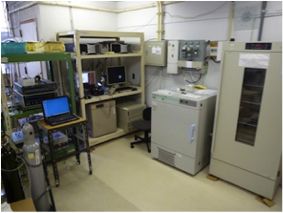
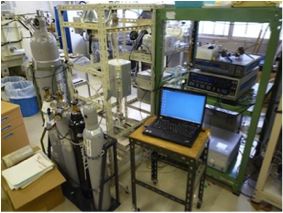
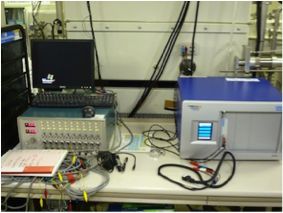
SQUID
A SQUID is used to evaluate the magnetism of materials. Because of the high cost of liquid helium, it is painful that we have to limit the usage of this device.

TG-DTA
Differential thermal analysis is used to investigate the phase transition behavior of crystals, which is one of the basic information of material synthesis, by observing the heat flow and the weight changes of materials when the temperature goes up and down.
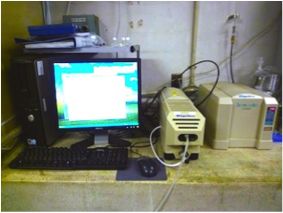
SPring8
- SPring-8 is a large synchrotron radiation facility, which delivers the most powerful synchrotron radiation currently available. We use several beamlines several times a year.
- For example, there is Kappa-type multi-axis diffractometer installed at BL14B1. Direct observation of interfacial structures is crucial to elucidate the electrochemical reaction mechanism of batteries. We investigate crystal structure changes and morphology changes using surface X-ray diffraction and X-ray reflectivity.
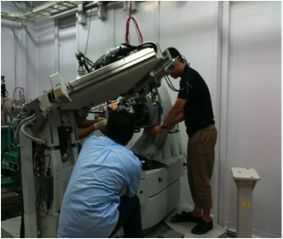
J-PARC
J-Parc is a neutron facility (J-PARC) with TOF-type powder diffractometer (Super HRPD (BL08)), iMateria (BL20) and Soft Interface Analyzer SOFIA (BL16). With a neutron diffractometer, the locations and the amount of Li and H in crystals can be identified, while they are difficult to be investigated by X-ray.
